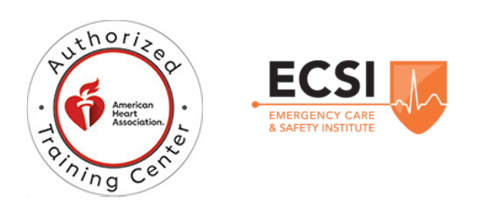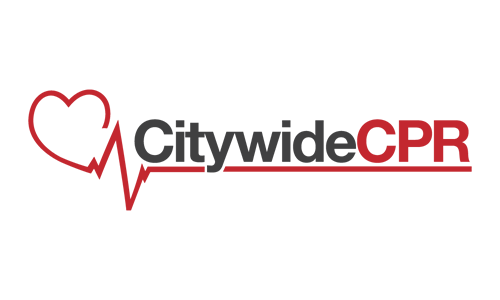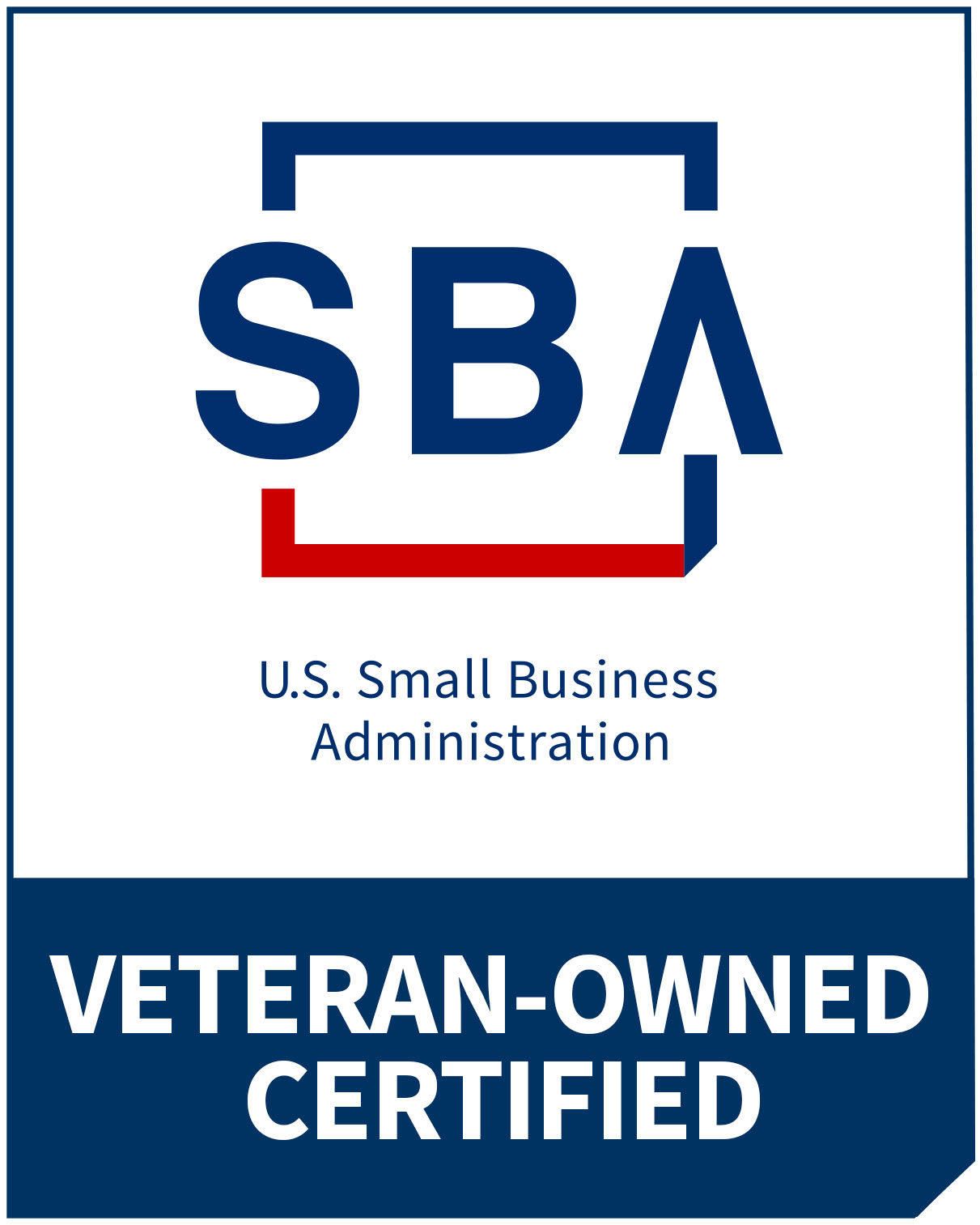In the United States, there is one organization that handles or deals with the provision of the best and appropriate cardiac care to people. American Heart Association (AHA), a non-profit institution based in Dallas, Texas, was established in 1924 because of a single reason. This is to gradually reduce the number of people who die and are disabled due to cardiovascular disease and stroke. Ever since its inception almost 90 years ago, AHA has been coming up with different standards in the proper execution of one of the basic emergency medical procedures, cardiopulmonary resuscitation or CPR. Over the years, AHA has been providing different training courses for CPR with an objective of educating more people to increase the survival rates.
AHA is the one who sets guidelines for the processes regarding the performance of CPR and one of those is A-B-C or Airway, Breathing, and Circulation. This has been in use for such a long time before they came up with a new guideline regarding the execution of CPR. A few years ago, AHA decided that mouth-to-mouth breathing can be skipped in favor of chest compressions. Thus, from A-B-C, it is now C-A-B.
The goal of AHA why there were some changes made is that they want the simplest step first. Another reason for the switch is that they want the people to remove their uneasiness towards rescue breathing. Another reason AHA modified the CPR process is to increase the survival rate of those who suffers from sudden cardiac arrest. Since the process got simpler and easier, AHA is expecting that more people would be performing this emergency medical procedure.
The use of hands-only CPR, though, can only be done to adults. AHA strictly reminds that this action is provided to those who suffers from an unexpected collapse, then stops breathing, and becomes very unresponsive. In this kind of situation, a person would still have enough air in his lungs and blood. What the compressions would do is that it would keep the blood circulating inside the body.
Children who suffer from cardiac arrest or in lighter cases, breathing problems, can be revived through the use of the previous CPR process.
In any case, it is quite important that a person undergoes CPR training to ensure that he is equipped with the right knowledge in the performance of it. When a person knows the things necessary in the proper execution of CPR, a person would surely survive from his near-death situation.
One of the best providers of CPR training is Citywide CPR Inc. The company started providing CPR classes for almost 20 years already. Through the years, they have gone on to become a national training site of not just AHA but also of other CPR-related organizations. It includes Emergency Care and Safety Institute and American Safety and Health Institute. Citywide CPR is located in numerous cities across United States, so no one can miss the good services provided by the company.
If you are interested in CPR training, please take a look to check out website.





